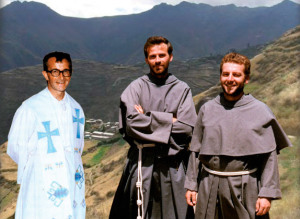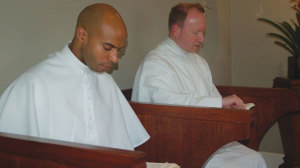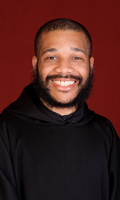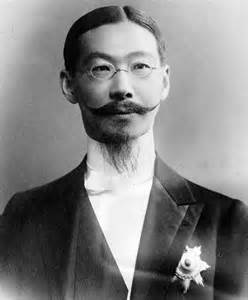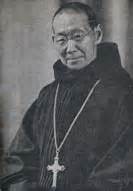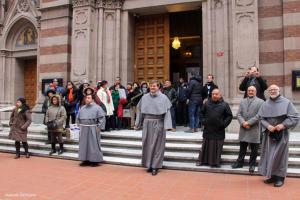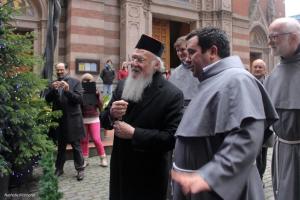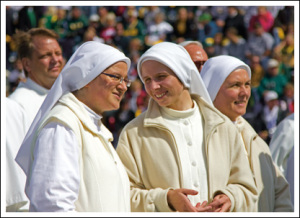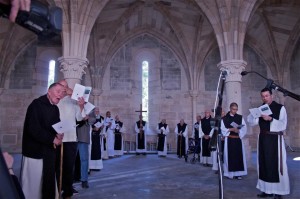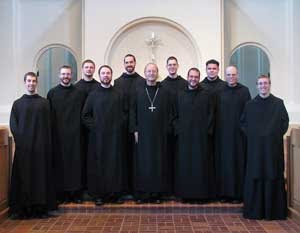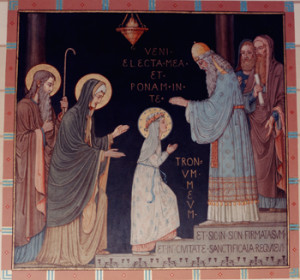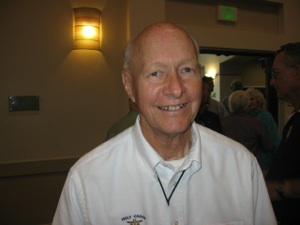 In the next issue of Religious Life, Br. Thomas Frey, CSC, will tell his vocation story about his life as a brother in the Congregation of Holy Cross. Earlier this year, an article appeared about him in the Hilltop Views, a student newspaper from St. Edward’s University in Austin, TX.
In the next issue of Religious Life, Br. Thomas Frey, CSC, will tell his vocation story about his life as a brother in the Congregation of Holy Cross. Earlier this year, an article appeared about him in the Hilltop Views, a student newspaper from St. Edward’s University in Austin, TX.
After many years as a teacher, Brother Thomas retired to Brother Vincent Pieau Residence which is on the campus of St. Edward’s. But that does not mean that he really is retired. Brother Thomas is a sacristan and brings Communion to brothers who are in rehabilitation and to a 104-year-old woman in a nursing home. He also leads a rosary at the Grotto.
Brother Thomas often accompanies a brother at the moment of death. He guesses that he has been with 30 brothers as they have journeyed from this life. He said that when they come to this moment, “they’re looking forward to heaven, I mean that’s it. It’s not like, oh my gosh – I’m going to die it’s all over. No, no, it’s just beginning.”
When Brother Thomas was in formation, there were 90 other men studying to be brothers. In the past twenty years, only five men have entered religious life as a Holy Cross brother. It is a shame because the vocation of a brother is unique. A brother is a brother to all, a friend to all. The brothers who are saints have demonstrated a love for humanity that makes them approachable and close to us. Look at St. (Brother) Andre Bessette, C.S.C, a humble doorkeeper who had a million people process by his casket in 1937. And St. Francis of Assisi, the little poor one, who was and is a great friend of the poor.
Brother Thomas says: “A case can be made for the truth that Saint Joseph by his very vocation to live poverty, chastity and obedience in the presence of Jesus and Mary all his life is the origin of the first brother.” Brother Thomas is that Joseph-like man by his dedication to his students and in his twilight years, still a beacon of light and encouragement to his fellow brothers of the Holy Cross.
“Living the religious life as a Brother of the Holy Cross from February 2, 1950, until the present day, January 2, 2015,” said Brother Thomas, “my experience has been truly wonderful.”
